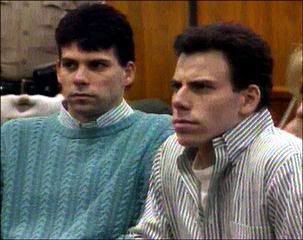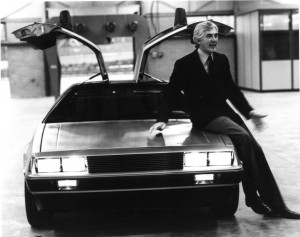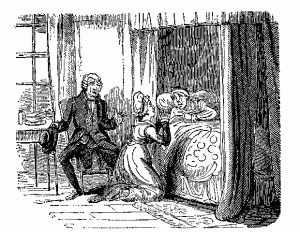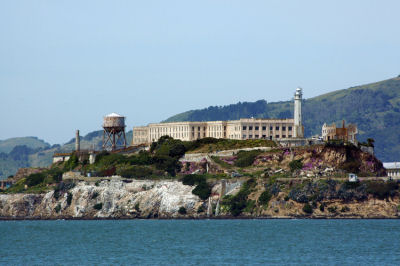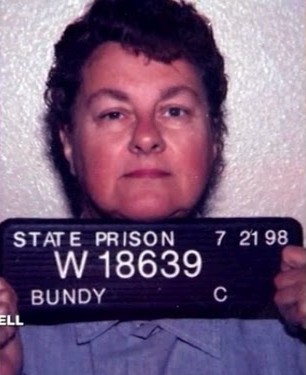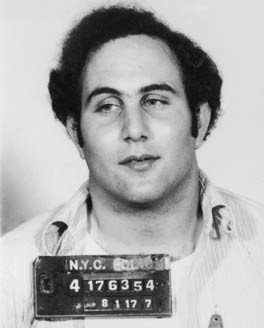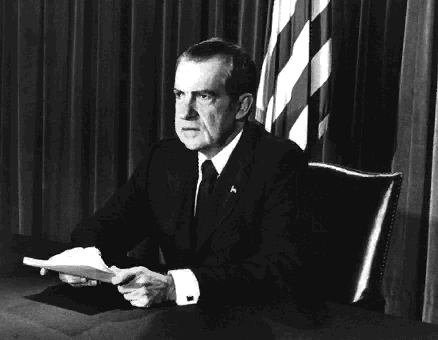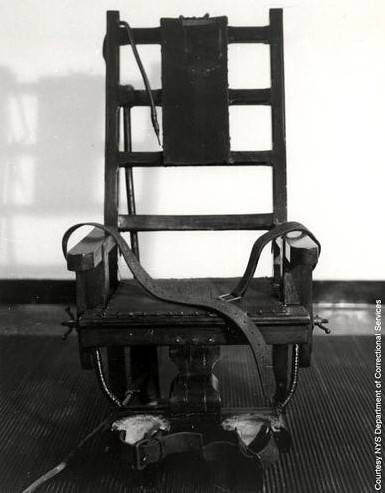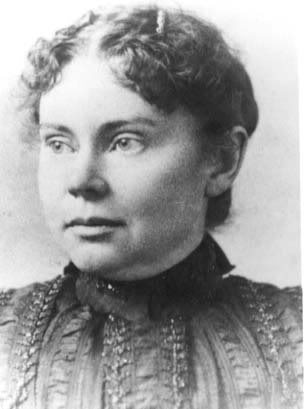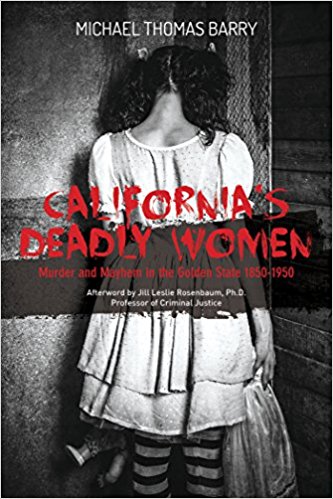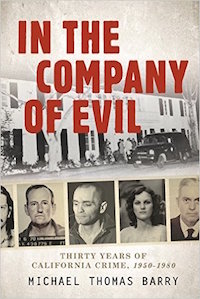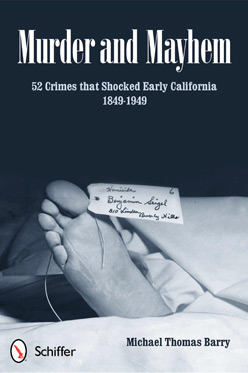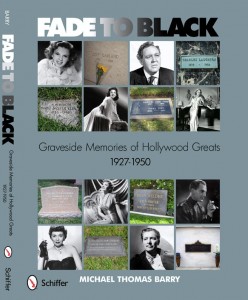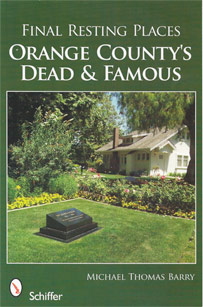08.20
On this date in 1989, Lyle and Erik Menendez shoot their parents, Jose and Kitty, to death in the den of the family’s Beverly Hills, California, home. They then drove up to Mulholland Drive, where they dumped their shotguns before continuing to a local movie theater to buy tickets as an alibi. When the pair returned home, Lyle called 911 and cried, “Somebody killed my parents!” The Menendez murders became a national sensation when the new television network, Court TV, broadcast the trial in 1993. Although the Menendez brothers were not immediately suspected, Erik couldn’t take the guilt and confessed his involvement to his psychotherapist, Dr. L. Jerome Oziel. Ignoring his own ethical responsibilities, Dr. Oziel taped the sessions with his new patient in an apparent attempt to impress his mistress. But the woman ended up going to the police with her information and, in March 1990, Lyle, 22, and Erik, 19, were arrested. For the next three years, a legal battle was fought over the admissibility of Dr. Oziel’s tapes. Finally, the California Supreme Court ruled that the tapes could be played. When the trial began in the summer of 1993, the Menendez brothers put on a spirited defense. In compelling testimony lasting over a month, they emotionally described years of sexual abuse by Jose and Kitty Menendez. They insisted that they had shot their parents in self-defense because they believed that Jose would kill them rather than have the abuse be exposed. The first two juries (one for each brother) deadlocked, and a mistrial had to be called. For the most part, the lack of a conviction was considered a travesty. At the retrial, which began in October 1995, the judge was much more restrictive in allowing the defense attorneys to focus on the alleged sexual abuse. In March 1996, both Lyle and Erik were convicted and sentenced to life in prison. Lyle Menendez married his pen-pal girlfriend, Anna Eriksson, in a telephone conference call from jail on July 2, 1996, the day he was sentenced, but the marriage didn’t last; Eriksson found out that Menendez began corresponding with another woman. A few years later, Erik married Tammi Ruth Saccoman.

